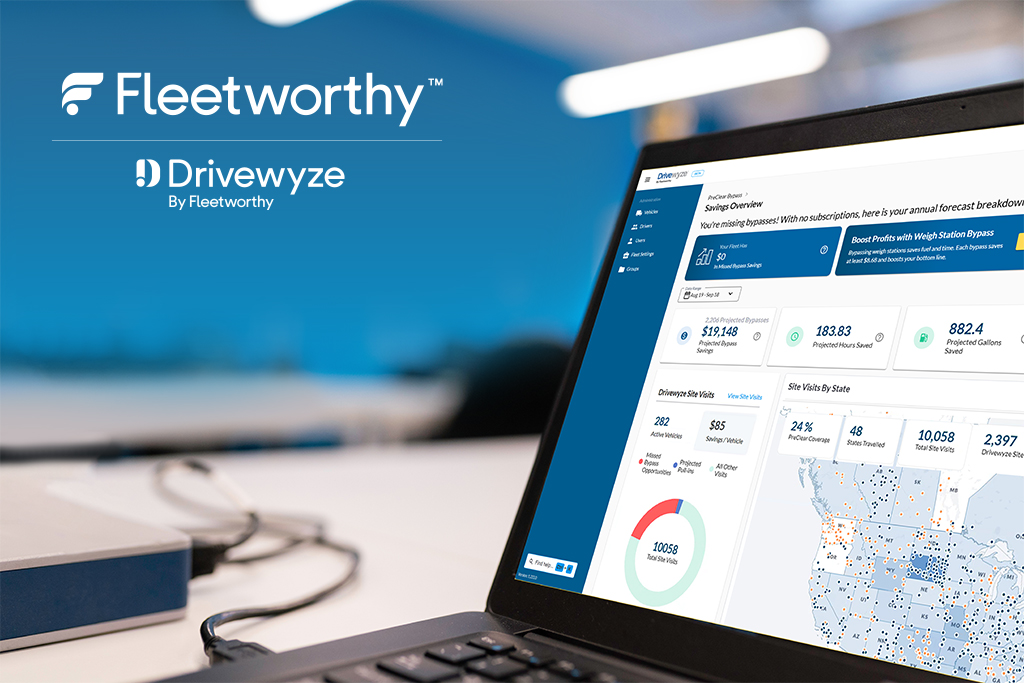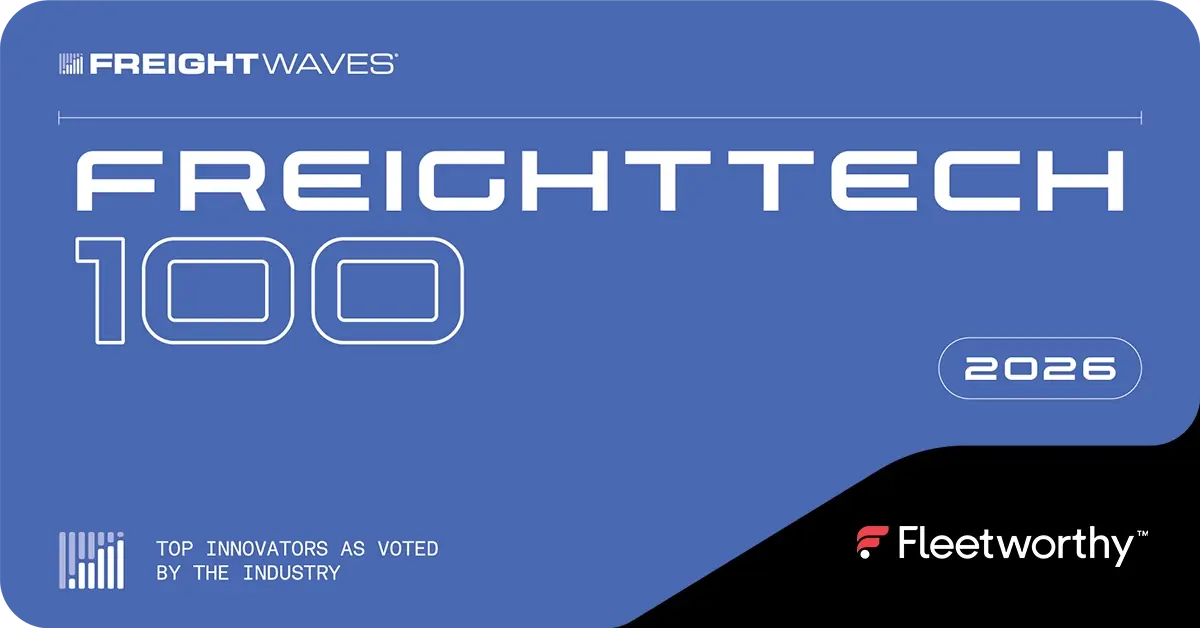Maintaining driver compliance is not just a best practice—it’s a business necessity. Fleets are under increasing pressure to meet strict safety standards, adhere to federal and state regulations, and protect their company reputation while staying operationally efficient.
That’s where a Compliant Drivers Program comes in.
A Compliant Drivers Program is a structured approach that ensures every driver in your fleet is operating legally, safely, and responsibly. It’s more than just keeping files in order or checking off boxes—it’s a proactive system designed to manage driver qualifications, monitor behavior, and maintain regulatory compliance on an ongoing basis.
Whether you’re managing a small fleet or a nationwide operation, having a dedicated program in place can be the difference between smooth operations and serious legal or financial setbacks.
What Is a Compliant Drivers Program?
A Compliant Drivers Program is a systematic and proactive framework designed to ensure that all drivers within a fleet meet regulatory, safety, and company-specific standards. Its core purpose is to maintain compliance with federal, state, and local transportation laws, while also promoting safer driving practices and reducing organizational risk.
At its foundation, this program provides a structured approach to driver onboarding, qualification, ongoing monitoring, and recordkeeping—ensuring that every driver is fully vetted, properly trained, and consistently operating within legal and safety guidelines.
Unlike ad-hoc or reactive compliance efforts, a Compliant Drivers Program is intentional, organized, and built for sustainability. It’s not just about avoiding violations—it’s about fostering long-term operational excellence.
Key Components of a Compliant Drivers Program
1. Driver Qualification Files (DQFs)
A DQF is the backbone of any compliant program. It includes essential documentation that proves a driver is legally qualified to operate a commercial vehicle. These files typically contain:
- A completed job application
- Copies of a valid CDL and medical certificate
- Motor Vehicle Records (MVRs) from each state the driver has held a license
- Previous employer verifications and safety performance history
- Road test results or equivalent certification
Maintaining accurate, up-to-date, and audit-ready DQFs is critical to staying compliant with FMCSA regulations.
2. Ongoing Training and Certifications
Compliance doesn’t stop after onboarding. Drivers must receive continuous education to keep up with regulatory changes, company policies, and safety best practices. This includes:
- Refresher courses on Hours of Service (HOS) rules
- Safety and defensive driving workshops
- Certification renewals (e.g., Hazmat, forklift operation)
- Coaching based on driving behavior or incident trends
Regular training not only supports compliance but also empowers drivers to perform at their best.
3. Monitoring Driving Records and Behavior
An effective program includes tools and processes to monitor driver performance in real time. This might involve:
- Routine MVR checks (annually or more frequently)
- Telematics data to track speeding, harsh braking, or idling
- Dashcam review and behavior-based alerts
- Incident tracking and response protocols
By staying informed about a driver’s behavior behind the wheel, companies can intervene early, provide coaching, and prevent issues from escalating.
4. DOT/CSA Compliance Tracking
The FMCSA’s Compliance, Safety, Accountability (CSA) program scores carriers based on performance metrics like unsafe driving, vehicle maintenance, and crash indicators. A compliant program actively tracks:
- CSA scores for both company and individual drivers
- Inspection and violation history
- Drug and alcohol testing program participation
- Driver fitness and medical compliance
Staying ahead of these metrics helps fleets avoid intervention, audits, and negative public scoring.
How It Differs From General Driver Management
General driver management often focuses on scheduling, dispatch, and productivity—but doesn’t always prioritize compliance. A Compliant Drivers Program, on the other hand, is laser-focused on ensuring that every driver meets all legal, regulatory, and safety standards at all times.
The difference lies in the depth, structure, and accountability:
- General management may keep some documentation—but not maintain complete DQFs.
- It may address training only after incidents occur—instead of delivering regular, proactive education.
- It may respond to violations when they arise—rather than preventing them through active monitoring.
A Compliant Drivers Program is a compliance-first mindset, not just a support function. It’s about building a safety culture, reducing liability, and ensuring long-term operational stability.

Why a Compliant Drivers Program Matters
A well-executed Compliant Drivers Program isn’t just about staying on the right side of the law—it delivers real, measurable value across every part of your fleet operation. From legal protection to business growth, the benefits of prioritizing compliance are wide-ranging and long-lasting.
A. Regulatory Compliance
Meeting FMCSA, DOT, and State-Level Requirements
The Federal Motor Carrier Safety Administration (FMCSA), the Department of Transportation (DOT), and individual states all impose strict regulations on commercial drivers. These include requirements for:
- Driver qualification and licensing
- Medical certifications
- Hours of Service (HOS) tracking
- Drug and alcohol testing
- Safety history and performance monitoring
A Compliant Drivers Program ensures that all necessary protocols are followed, updated, and well-documented—protecting your company from regulatory shortfalls.
Reducing the Risk of Audits, Fines, and Violations
Audits and roadside inspections can happen at any time. A single missing document or expired certification can lead to:
- Hefty fines
- Negative CSA scores
- Out-of-service orders
- Even the loss of operating authority
With a compliant program in place, you’re not scrambling to find paperwork or fix oversights. You’re prepared, organized, and audit-ready—at all times.
B. Safety & Risk Reduction
Compliance Directly Impacts Accident Reduction
There is a direct link between compliance and safety. Drivers who are properly qualified, regularly trained, and closely monitored are statistically less likely to be involved in preventable accidents. This leads to:
- Fewer injuries and fatalities
- Lower insurance premiums
- Less equipment damage and cargo loss
Preventing Unsafe Driving Behavior Before It Becomes a Liability
By actively monitoring driver behavior—through MVRs, telematics, and incident tracking—companies can detect early warning signs of risky habits like speeding, aggressive braking, or fatigue. A compliant program allows you to:
- Intervene early
- Provide targeted coaching
- Avoid major liability events
In the event of an accident, being able to prove your commitment to ongoing driver compliance and training can also serve as a strong legal defense.
C. Operational Efficiency
Streamlined Recordkeeping and Automation
Paper-based systems and manual checklists are prone to errors and inefficiencies. A compliant drivers program often leverages digital tools that:
- Track expiration dates
- Trigger alerts for renewals or training
- Centralize documentation for easy access
This saves time for both safety managers and drivers—and reduces the risk of missed steps in the compliance process.
Reduced Downtime Due to Documentation Issues
Non-compliance can cause unexpected downtime. For example, if a driver’s medical certificate expires, they can’t legally operate a vehicle until it’s updated. This disrupts scheduling and hurts productivity.
A compliant program keeps everything current, so your drivers stay road-ready and your operations stay uninterrupted.
D. Company Reputation and Trust
Positive Customer Perception and Business Growth
Clients and business partners want to work with carriers they can trust—especially when it comes to safety, reliability, and professionalism. A proven compliance program communicates:
- Responsibility
- Operational excellence
- Commitment to safety standards
This can open doors to new contracts, higher-value clients, and better business opportunities.
Attracting Top-Tier Drivers Who Value Safety and Organization
The best drivers want to work for companies that take compliance seriously. It tells them:
- You care about their safety
- You’re organized and fair
- You’re not going to put their CDL or reputation at risk
A strong program becomes a competitive advantage in recruiting and retaining quality drivers in a highly competitive market.
Best Practices for a Strong Compliant Drivers Program
Establishing a Compliant Drivers Program is only the beginning—keeping it effective, up-to-date, and scalable requires consistent effort and the right strategies. Below are the best practices that successful fleets follow to ensure long-term compliance and performance.
1. Regular Audits and Internal Checks
Conducting regular internal audits is one of the most effective ways to maintain ongoing compliance. This includes:
- Periodic reviews of Driver Qualification Files
- Verifying medical cards, license renewals, and training records
- Random checks of Hours of Service logs and electronic logging device data
- Ensuring driver files meet FMCSA audit-readiness standards
These checks should be scheduled quarterly, semi-annually, or based on company size and risk exposure. Catching issues before an external audit occurs minimizes the chance of violations, penalties, and lost revenue due to non-compliance.
2. Using Technology to Automate Compliance Tasks
Manual processes are time-consuming and leave room for error. Adopting fleet compliance software helps automate:
- Document expiration alerts (CDLs, med cards, etc.)
- MVR monitoring and real-time driving behavior alerts
- Digital DQF creation and management
- ELD and telematics integration for real-time compliance tracking
Automation not only ensures greater accuracy and consistency—it also frees up your team to focus on high-value tasks like driver coaching and safety planning.
3. Continuous Driver Training and Engagement
Ongoing education is essential for maintaining high compliance standards and a culture of safety. Best practices include:
- Mandatory quarterly or annual safety training sessions
- Onboarding refreshers for regulatory updates
- Behavior-specific coaching based on telematics or violation history
- Engaging training formats: video modules, quizzes, and interactive workshops
Engaged drivers are more likely to comply, perform well, and take ownership of their safety responsibilities.
4. Clear Communication and Accountability
Compliance isn’t just the responsibility of the safety or HR team—everyone must be aligned. Set the tone with:
- Clear policies and expectations shared during onboarding
- Easily accessible documentation (via driver portals or mobile apps)
- Regular check-ins and performance feedback sessions
- A culture where drivers feel supported, not punished, when it comes to compliance
It’s also important to establish accountability systems, such as performance tracking dashboards or tiered corrective actions for repeated violations.
5. Integration with HR and Safety Departments
For maximum effectiveness, your Compliant Drivers Program should not operate in a silo. It needs to be tightly integrated with other departments:
- HR for onboarding, background checks, and policy enforcement
- Safety for training, incident response, and risk assessments
- Operations/Dispatch to align compliance needs with driver availability and scheduling
This cross-functional collaboration ensures that everyone is working from the same playbook and that compliance becomes embedded in every part of the organization.
By following these best practices, fleets can transform compliance from a burden into a business asset—reducing risk, improving safety, and creating a professional environment where both drivers and the company can thrive.
Take Control of Your Fleet’s Compliance and Safety with Fleetworthy
Leverage cutting-edge digital tools that proactively manage driver qualifications, automate regulatory recordkeeping, and deliver continuous, targeted driver training.
Protect your fleet, drivers, and reputation—partner with Fleetworthy today for a customized compliance strategy focused on your long-term success.




